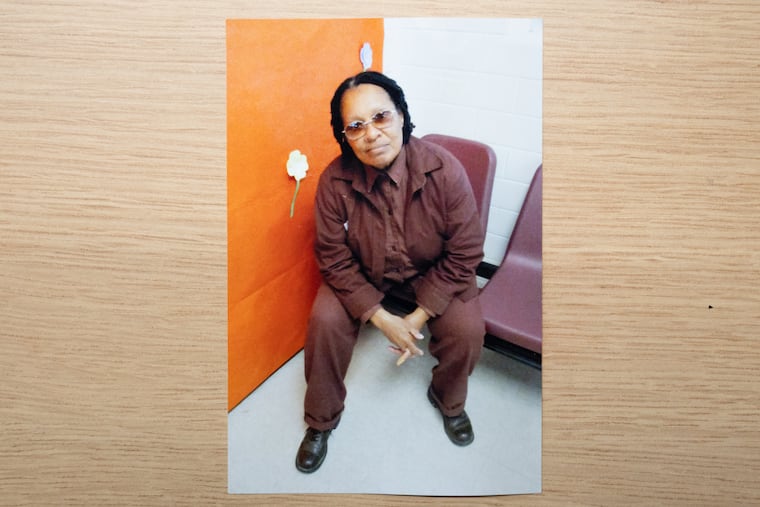New York City expands reading and math curriculum overhaul to additional schools.
In a significant push to enhance literacy education in New York City, Mayor Eric Adams and Schools Chancellor Melissa Aviles-Ramos announced the expansion of their NYC Reads initiative to middle schools for the first time on Monday. Beginning in the upcoming school year, this program will be implemented in 102 middle schools across eight school districts, reflecting a rigorous emphasis on foundational reading skills and phonics.
The NYC Reads initiative is already mandated in nearly all public elementary schools and preschools throughout the city. At a press conference hosted at Dock Street School for STEAM Studies in DUMBO, Brooklyn, Mayor Adams expressed concern over the alarming literacy levels among students, stating that less than half of the city’s public school students demonstrated proficiency in reading assessments last year. This data underlines the urgency with which the administration is approaching this educational crisis.
The districts participating in the middle school reading curriculum overhaul include Manhattan’s Districts 1 and 3, the Bronx’s Districts 7, 9, 11, and 12, as well as Brooklyn’s District 13. Notably, these districts will primarily utilize the EL Education program, while Brooklyn’s District 19 has opted for the Wit & Wisdom curriculum. New York City is comprised of 32 geographic school districts, highlighting the broad impact of these changes.
In addition to the literacy initiative, the city also plans to expand the NYC Solves math curriculum to 84 additional middle schools across six districts. This math program will build upon an existing foundation in 101 middle schools and all public high schools, offering schools a choice among three curricula: Illustrative Mathematics, Amplify Desmos, and i-Ready Mathematics.
Former Schools Chancellor David Banks had hinted at the curriculum expansions for some time, and the initiatives are projected for full implementation across all middle schools in the city by fall 2027.
Despite some early signs of progress, including a 1.8-point increase in literacy screener assessments among younger students, the transition to the new reading curriculum has faced challenges. Schools that have adopted the new methods early reported declines in state exam performance compared to districts that deferred similar transitions. The administration has made quiet adjustments in response to feedback from educators who expressed concerns over the rigidity of some mandates.
Chancellor Aviles-Ramos acknowledged these hurdles, noting that similar initiatives in other districts nationwide also experienced temporary dips in test scores during implementation phases. The administration remains optimistic about improvements as the city approaches the state exam season, emphasizing their commitment to enhancing educational outcomes for all students and addressing the literacy crisis with diligence and determination.
This initiative represents a substantial commitment to elevating educational standards in New York City, aiming to ensure that all students have the foundational skills necessary for academic success in the future.







